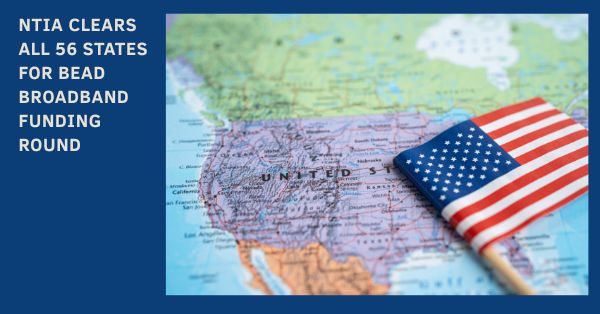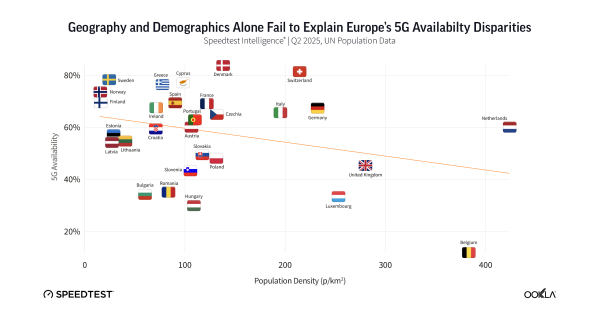Nokia and Telia Finland launched world’s first commercial 5G standalone (SA) network with network slicing for Fixed Wireless Access (FWA) services. Telia is introducing 5G SA to its 5G Fixed Wireless Access (FWA) home broadband services and is able to start offering a range of broadband deals with guaranteed service levels to its customers in Finland. These solutions will enable Telia to build on its existing leadership position and deliver enhanced connectivity and capacity benefits to its customers. The deployment is underway.
The deal will see Nokia upgrade Telia’s entire 5G Radio Access Network infrastructure to enable 5G slicing utilizing equipment from its comprehensive AirScale portfolio including 5G radio and baseband products. Nokia’s industry-leading, energy-efficient 5G AirScale network portfolio delivers best-in-class connectivity and supports mobile operators rapidly transitioning to 5G standalone networks. 5G SA is the foundation for some of the most transformative 5G use cases such as cloud gaming and extended reality.
Nokia 5G SA Core gives Telia the speed, intelligence, scale, and security to deliver 5G services while cost-effectively managing its network with near zero-touch automation and adherence to Service Level Agreements.
The introduction of network slicing will mean that Telia can dynamically allocate a portion of the network for 5G FWA, flexibly balance traffic between FWA and mobile users, and provide new services like application category-based slicing. Being able to specify slices with differentiated levels of speed, latency, and data quality will mean that Telia is able to offer its customers a selection of broadband deals with guaranteed service levels based on customer requirements. Nokia 5G FWA receivers are included in the deal. Telia is also utilizing Nokia’s Carrier Aggregation technology for making the best use of its 5G spectrum assets to improve coverage in key regions.
Nokia is the long-term strategic partner of Telia and exclusive provider of 5G RAN and Core in Finland. Nokia is also a long-standing strategic partner to Telia Company and also supplies 5G SA core in Denmark, Estonia, Finland, Lithuania, Norway, and Sweden in the Nordic and Baltic regions.
Nokia is the industry leader in 4G/5G network slicing and was the first to demonstrate 4G/5G network slicing across RAN-Transport-Core with management and assurance. Nokia’s network slicing solution supports all LTE, 5G NSA, and 5G SA devices, enabling mobile operators to utilize a huge device ecosystem and provide slice continuity over 4G and 5G.
Jari Collin, CTO at Telia, commented: “We were one of the first operators in Europe to introduce a 5G standalone and Core network and with the encouraging feedback of our customers, we are now deploying this new technology commercially. 5G’s most innovative applications will be built on our 5G network, and we want to keep Finland at the forefront of its development as this technology matures.”
Ari Kynäslahti, Head of Strategy and Technology at Nokia Mobile Networks, said: “Together with Telia, we have been at the forefront of innovation by delivering the world’s first 4G/5G network slicing and edge slicing solutions. Today, we take another significant step forward in our pioneering network slicing story with the introduction of 5G Fixed Wireless Access services that will deliver super-fast home broadband services to Telia’s customers in Finland. We are proud to continue our successful, long-standing partnership with Telia and support its goal of delivering world-class 5G services.”






























